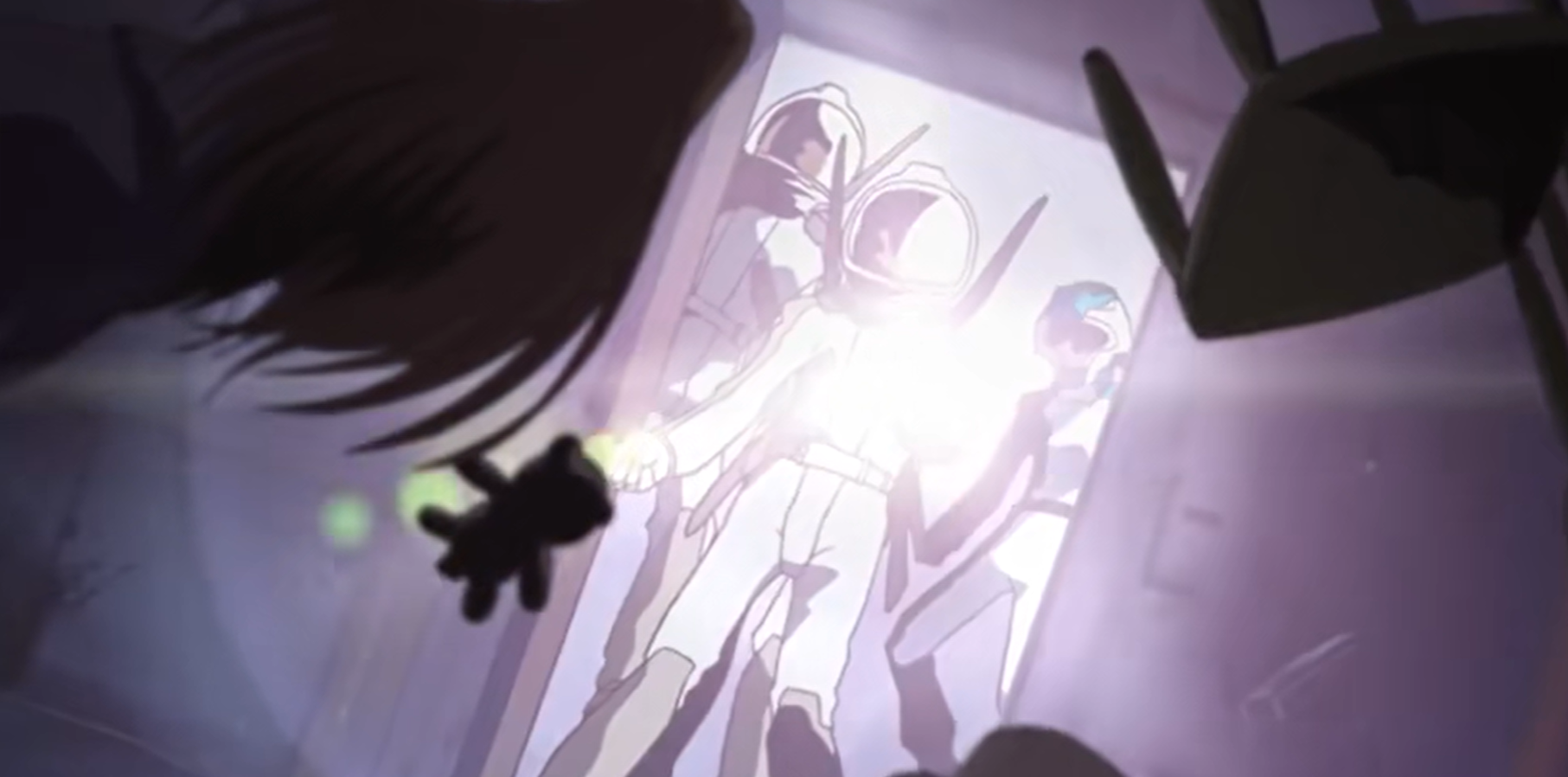In the annals of the war between the Earth Alliance and ZAFT, there are moments that transcend direct combat—situations in which the horrors of the past become tangible, and decisions must withstand the relentless judgment of conscience. One such moment occurred when the battleship Archangel, on a critical mission, unknowingly entered the floating remains of Junius Seven, the once-thriving PLANT colony annihilated by the Alliance in an act many have called genocide.

This encounter unearthed not only the physical debris of a tragedy but also the emotional scars carried by all those involved—both the crew aboard the Archangel and the ZAFT soldiers who lay in wait.
Navigating Among the Dead
After fleeing from ZAFT forces and sustaining heavy damage, the Archangel was in a dire situation. With dwindling supplies and an urgent need for essentials like water, the crew charted a course through a region assumed to be safe—though unconfirmed. They were unaware that they were heading straight into the graveyard of Junius Seven, the PLANT destroyed in the early stages of the war by nuclear weaponry.
What they found was not just a debris field: it was a graveyard inhabited by silence. The scene was harrowing. Fragments of living quarters, personal belongings, and mummified bodies suspended in space drifted through the void, tangled with the metallic wreckage of a world once home to thousands of Coordinators.
For many aboard the Archangel, especially those born on Earth, this was their first real encounter with the devastation suffered by the PLANTs. But for Kira Yamato, the young Coordinator piloting the prototype Strike, it was something deeper—a direct confrontation with his own identity, his heritage, and the price of a war that could no longer be ignored.
ZAFT Attacks: The Wrath of Junius' Orphans
While reconnaissance teams attempted to collect water from still-intact storage units within the wreckage, the situation escalated. A ZAFT unit detected the Archangel and launched a swift assault. But this was no ordinary military engagement—for the ZAFT pilots, this place was sacred. It was a cemetery, and the presence of an Earth Alliance ship was not just a provocation, it was desecration.
Among the attackers was Athrun Zala, son of a prominent PLANT Supreme Council member and pilot of the stolen Aegis prototype. Athrun was no ordinary soldier: he was also Kira Yamato’s childhood friend. Their reunion, though marked by distance, metal hulls, and the roar of Mobile Suit engines, was devastating.
What followed was an intense battle, but also a deeply symbolic one. Kira, once again forced to pilot the Strike, fought to protect his comrades, while Athrun fought with the fury of someone seeing the graves of his people violated. Both were young. Both had once been friends. And now their paths clashed in a place haunted by death, wreckage, and impossible choices.
The Dilemma of Memory
The most significant part of this incident was not the battle itself but the silence that followed. After withstanding the assault, with the Archangel nearing exhaustion, the ship's command faced a grim choice: to continue through the graveyard, or take a longer, safer, and more respectful detour.
At that moment, several crew members—most notably communications officer Miriallia Haw—began to process the weight of what they were witnessing. Miriallia, whose boyfriend had recently died in combat, saw her own pain mirrored in the lifeless remains drifting around them. Her reaction was visceral, sobbing as she held floating photographs of families she would never know.
For Kira, the experience was transformative. Until then, he had been swept into the war more by obligation than conviction. But to face the horror of Junius Seven—and to see his friend Athrun on the opposing side—forced him to question everything. Was it possible to keep fighting without becoming the very monster one swore to defeat? Could one protect without destroying?
The Silence of Heroes
The official report on the incident was brief. No detailed mention of the setting. No acknowledgment of the symbolic weight of the battlefield. For the Earth Alliance, it was a routine resupply operation interrupted by an enemy ambush. But for those who were there, the reality was far more profound.
The encounter at Junius Seven left a permanent mark on the Archangel and its crew. Some began to question the orders they had been following. Others, like Kira, turned inward, coming to understand that war wasn’t just about strategy or weaponry—it was about history, open wounds, impossible decisions, and the constant threat of losing one's humanity.
A Wound That Won’t Heal
Today, speaking of Junius Seven is not just remembering a nuclear strike. It's about reliving a moment frozen in time where tragedy, memory, and duty converged in a cruel intersection. The Archangel, desperate for survival, became a witness to a past many preferred to forget—but that refuses to disappear.
The battle that unfolded in that stretch of space marked a point of no return. It was no longer just about technology or ideology. It was about survivors, clashing in a cemetery, fighting for something none of them could clearly define: redemption, justice, vengeance—or simply the will to live.
Perhaps that's why the “Scar of Space,” as this encounter would later be known, is remembered not for its volume of gunfire, but for what it revealed about the people behind the weapons. In the void, among wreckage and ghosts, the soldiers of both factions came to understand that not all enemies stand in front of you. Some live in memory. Others, in the heart.


